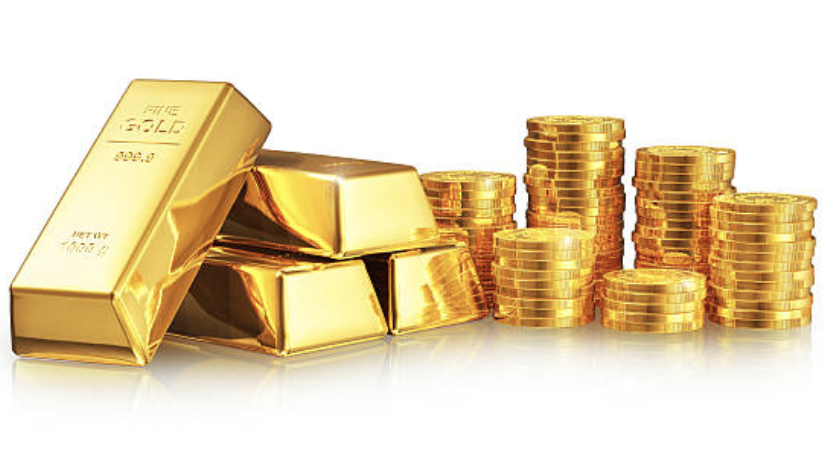
Daniel Rogers
May 06, 2022 10:51
Silver prices decline despite the Fed's less aggressive announcement. The dollar recovered substantially from yesterday's lows. Benchmark yields increased by 50 basis points following the rate hike.
Following the FOMC meeting, the ten-year treasury yield increased to 3.09 percent. Gold prices rebound following the Fed's speech, despite selling pressure. Oil prices surged when the EU announced its intention to impose an embargo on Russian oil.
European sanctions compensated for the uncertainty surrounding Chinese demand as a result of Covid lockdowns.
The FOMC raised rates by 50 basis points on Wednesday, but Fed Chair Powell made it apparent that a 75-basis-point boost at the next meeting was improbable. The dollar weakened as a result of this development, while bond yields extended their advances.
Powell, though, indicated that the primary objective is to contain inflation, providing upward momentum for the dollar and rates.
Initial unemployment claims increased to 200,000 from 181,000 in the previous week. In the first quarter, productivity declined by 7.5 percent. However, a tightening labor market will maintain a high level of inflation.
Despite the Fed's less aggressive monetary strategy, silver prices plummeted below the $23.00 threshold. Despite the fact that ruling out a 75-basis-point raise reduced precious metals' downside risk, the Fed's goal of containing inflation weighs on silver prices.
Sustaining support is located near the February 3rd low of $22.0. Resistance is located near the 23.1 10-day moving average. Short-term momentum is bearish, as the fast stochastic has crossed below the zero line, signaling a sell signal.
The medium-term momentum has shifted to the downside, as evidenced by the histogram's negative correlation with the MACD (moving average convergence divergence). The MACD histogram's trajectory is negative, indicating a downward trend in price movement.


May 06, 2022 10:48

May 07, 2022 10:21